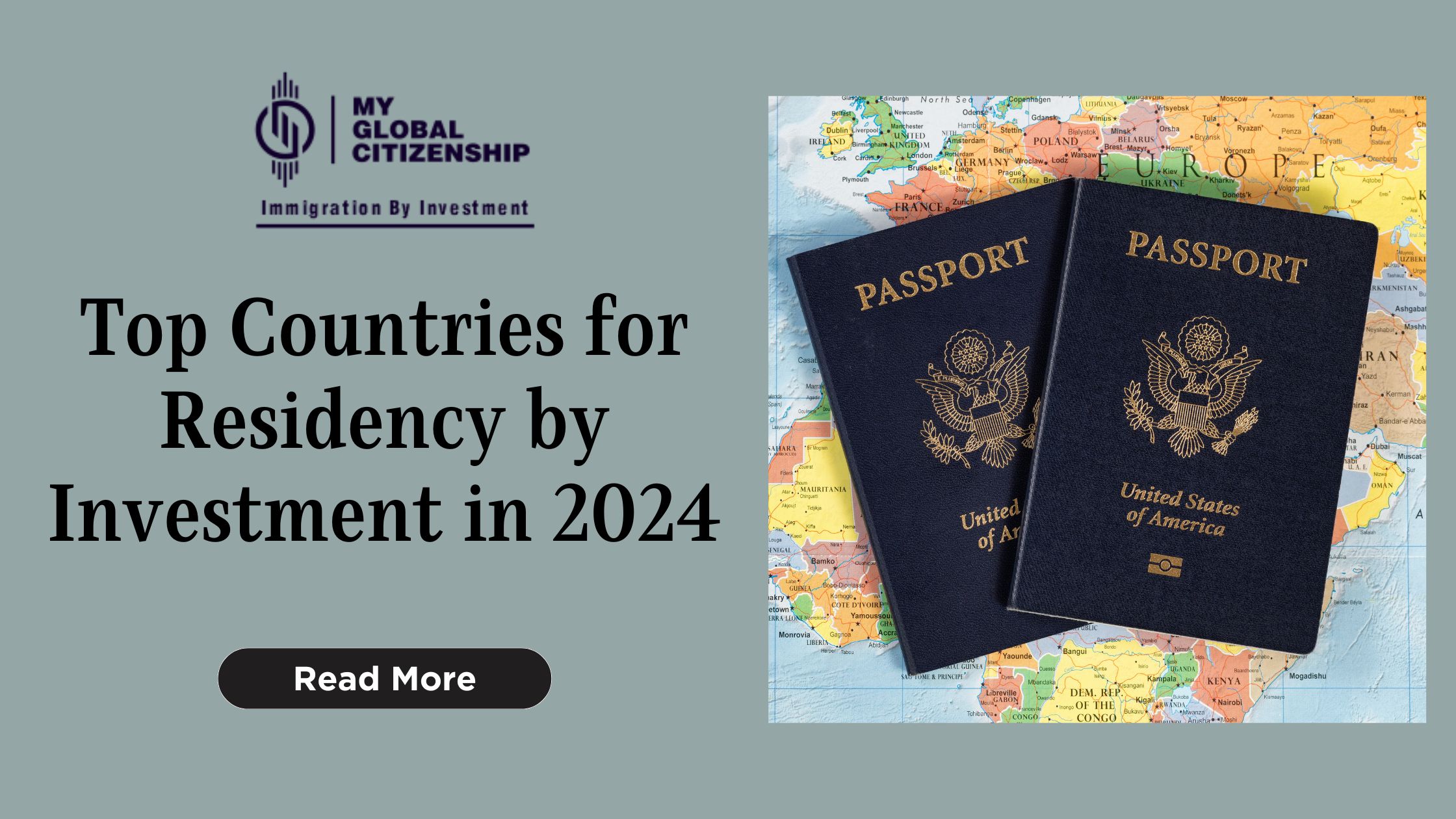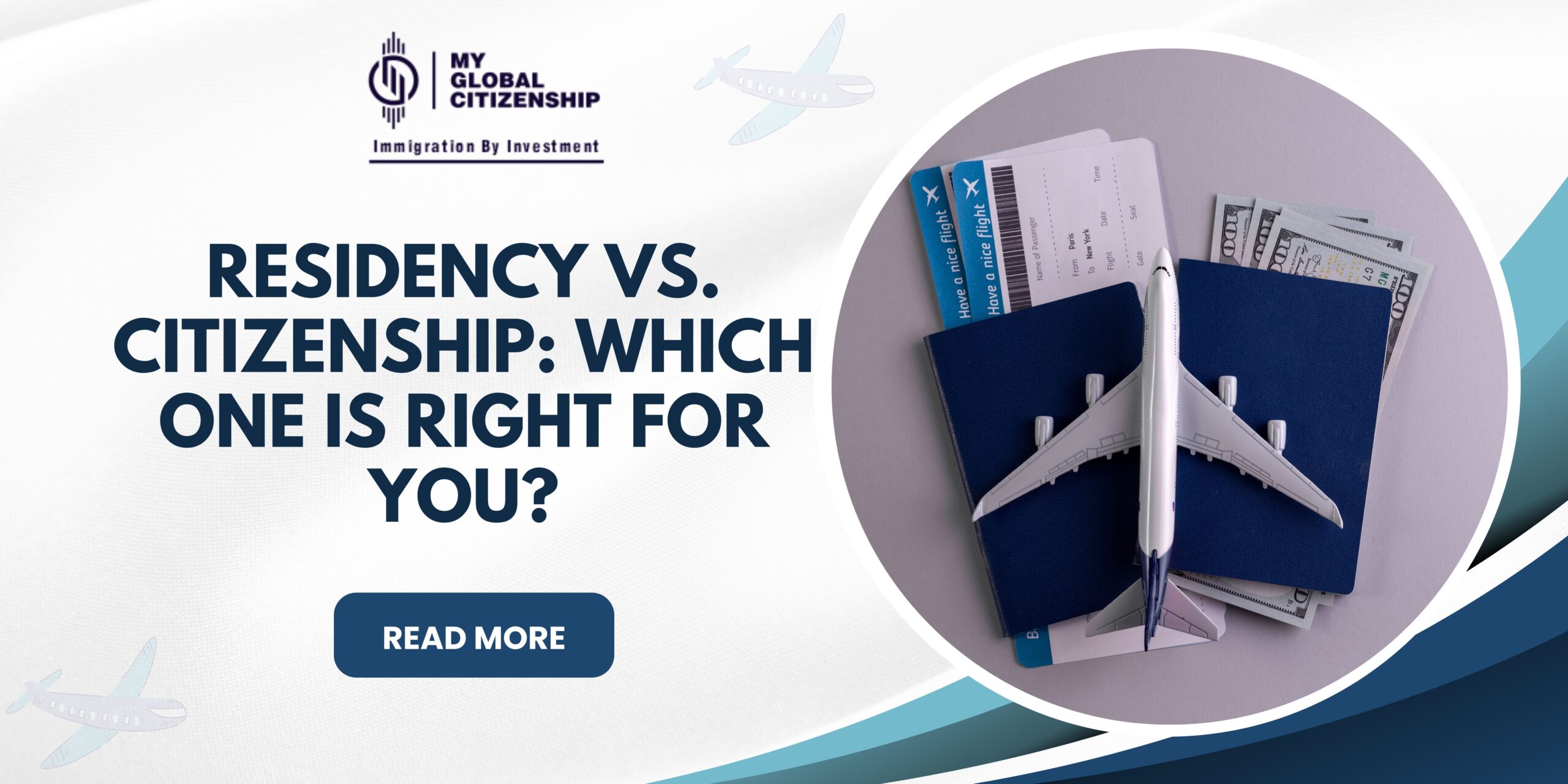A significant issue that affects talented immigrants from every corner of the world is the backlog for green cards. The yearly ceiling on green cards, the per-country restriction, and the strong demand for green cards from qualified workers are a few of the causes contributing to the backlog.
As of 2023, there is a backlog of over one million applicants waiting for green cards in the employment-based category. The wait times for these green cards can be extremely long, causing significant difficulties for skilled immigrants. They are unable to work legally in the United States, travel freely, or bring their families to join them.
What is the Green Card Backlog?
A permanent resident visa known as a “green card” enables a person to live and work in the US continuously. Both family-sponsored and employment-based immigrants can receive green cards.
The green card backlog refers to the situation where individuals have applied for green cards but are still waiting because the number of green cards issued each year is limited. U.S. Citizenship & Immigration Services (USCIS) reported that as of FY2021, there were over 9 million green card applicants who were still pending.
Applicants who are awaiting a green card based on their job status are included in the total backlog of green cards as part of the work-related immigration backlog. The backlog has been growing steadily because of the protracted processing holdups and the overwhelming demand. The Congressional Research Service (CRS) published a report in which the analysis projects that by FY2030, the projected EB-1 backlog is expected to grow from 119,732 to 268,246, the estimated EB-2 backlog would rise from 627,448 to 1,471,360, and the estimated EB-3 backlog would rise from 168,317 to 456,190.
About 68% of the employment-based backlog as of April 2020 came from India. Over 200,000 skilled Indian immigrants are expected to pass away before when they could acquire a green card (barring a change in the legislation), making them the group to suffer the most from the backlog.
What Are the Causes of the Green Card Backlog?
Some factors have contributed to the green card backlog, including:
1. The annual cap on green cards: The cap for employment-based green cards is set at 200,000 per year, and it has not been increased for over 20 years. Even though more individuals are now eligible for green cards, the limit remains the same.
2. The per-country limit: Green cards are also subject to a per-country restriction. Due to this cap, each nation may only receive a specific amount of green cards annually. For immigrants from nations with significant demand for green cards, including India and China, this has produced a backlog.
3. The high demand for green cards from skilled workers: Green cards are in great demand from qualified employees. This is because positions in a variety of sectors, including engineering, healthcare, and technology, require competent employees to fill them.
The Impact of the Green Card Backlog
Skilled immigrants are being severely harmed by the green card backlog since they are unable to lawfully work in the country, travel without restriction, or bring their families with them.
1. Unemployment: Many skilled immigrants who are waiting for green cards are unable to find work in the United States. This is because they are not eligible for most jobs without a green card.
2. Financial hardship: Many talented immigrants are suffering financially as a result of the green card backlog. Because they are unable to legally work, they cannot support themselves. This may result in debt, destitution, and homelessness.
3. Family separation: Separation of families is another effect of the green card backlog. Many skilled immigrants are restricted from bringing their spouses and kids to the country. This might lead to anxiety, concern, and unhappiness.
Among the afflicted immigrants and their allies, the backlog in green card applications has also led to a great deal of resentment and activity. The hashtags #StopAsianHatred, #ModernSlavery, #GreenCardBacklog, and #FairnessBill have recently been popular on Twitter. One of the organizations that have been utilizing social media to spread awareness and push for solutions to solve the backlog is the Green Card Backlog Coalition (@GCBCoalition).
What Can Be Done to Solve the Green Card Backlog?
Several things may be done to clear the backlog of green cards. These consist of:
1. Raising the annual cap on green cards: The annual cap on green cards has to be increased to reflect the growing demand for them.
2. Eliminating the Per Country limit: The per-country limitation should be eliminated to ensure that all immigrants have an equal chance of obtaining green cards.
3. Building a merit-based immigration system: Immigrants with advanced degrees and abilities would be given preference for green cards under a merit-based immigration system.
The Eliminating Backlogs Act of 2023, commonly referred to as H.R. 1535, is a proposed solution to the green card backlog. This legislation is supported by both parties and aims to address the issue by making unused employment-based green cards available since 1992. By exempting these unused green cards from the 7% per-country cap, the bill provides relief to immigrants who are waiting in the backlog. The bill was introduced on March 10, 2023, by Representatives Raja Krishnamoorthi and Larry Bucshon. Along with reducing the backlog, the legislation also aims to facilitate family reunification and contribute to the US’s economic growth.
Conclusion
The green card backlog presents significant challenges for skilled immigrants, causing unemployment, financial difficulties, and family separation. Addressing this issue requires policy changes, such as raising the annual cap, eliminating per-country limitations, and implementing a merit-based immigration system. The proposed Eliminating Backlogs Act of 2023 offers a potential solution to alleviate the backlog and promote fairness and economic prosperity.
For individuals interested in US citizenship or residency through investment, My Global Citizenship is a trusted immigration consulting firm. In addition to offering a truly global perspective on citizenship by investment and residency by investment, we have extensive knowledge of these programs. In addition to providing comprehensive services, we also assist our clients in selecting and applying for a second citizenship or residency. We also assist them in obtaining final approval for their second citizenship. We provide expert assistance and support at every stage of the process, ensuring a seamless transition.
If you still have any queries, connect with our team, and we will be more than happy to assist.






